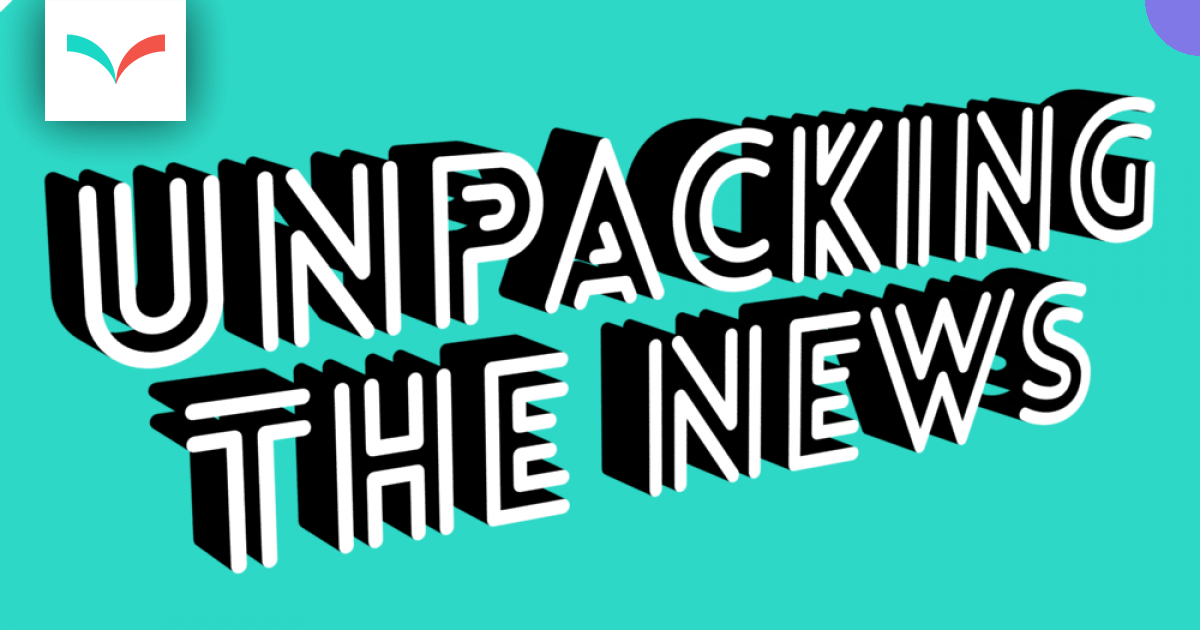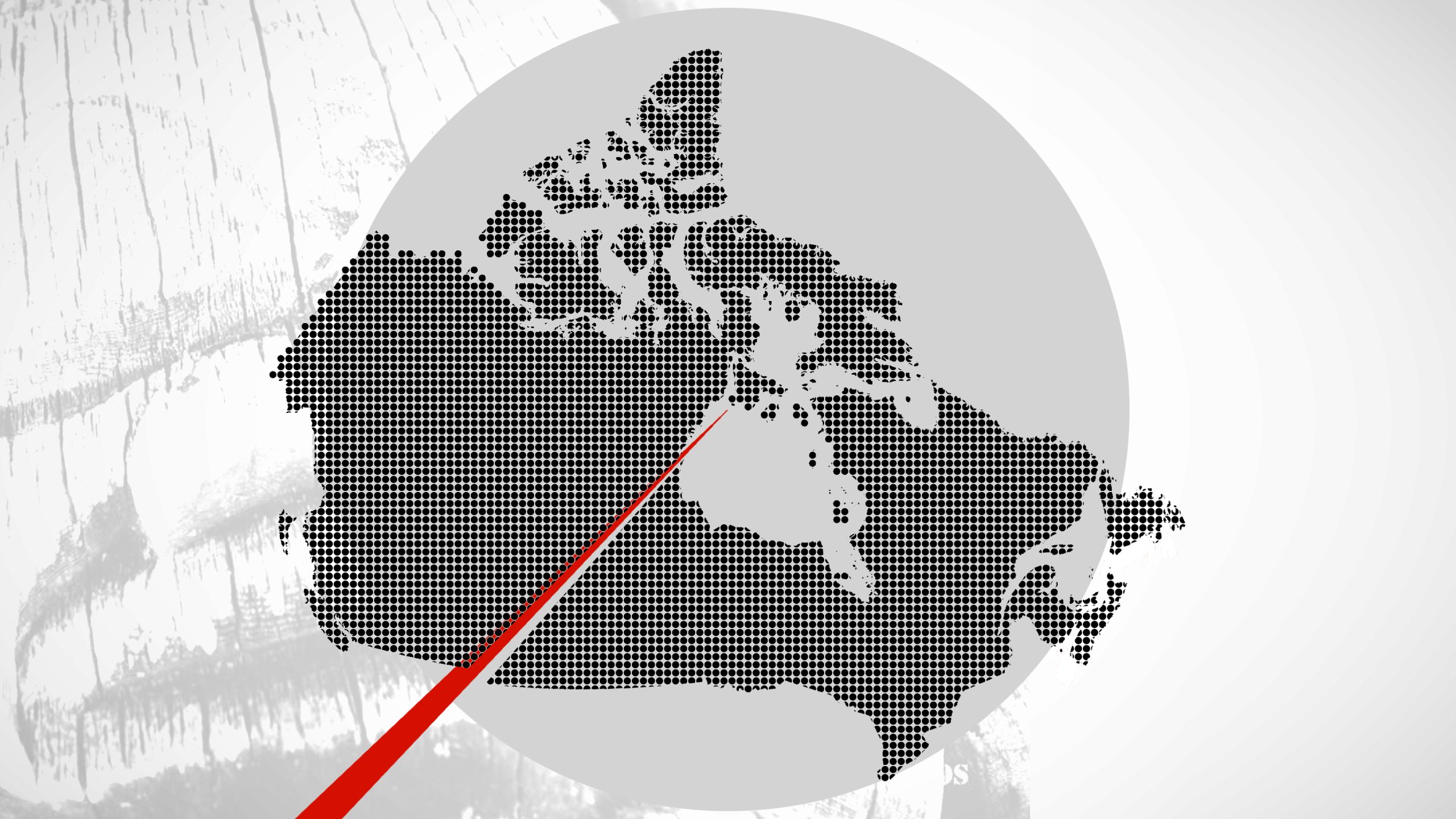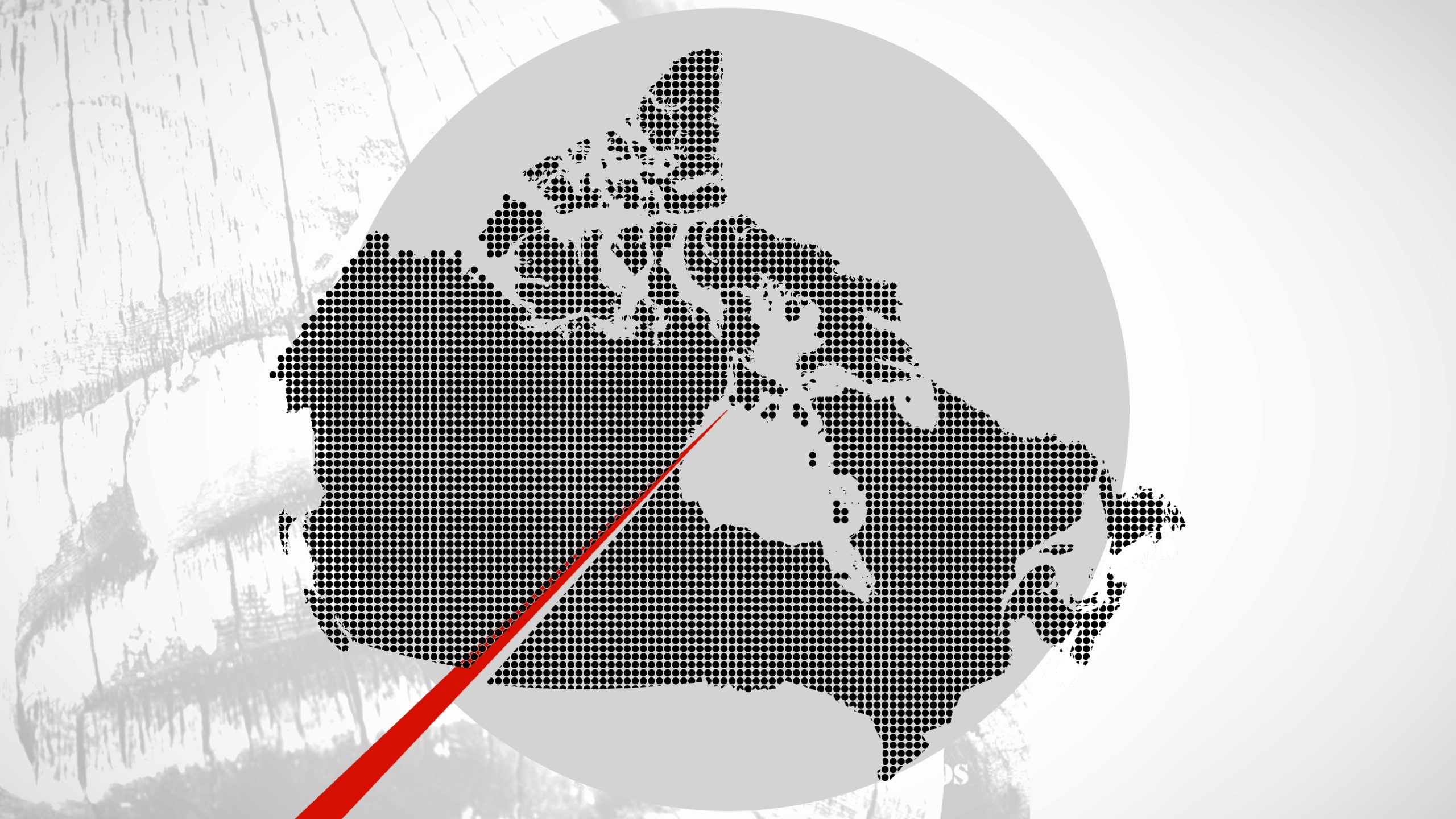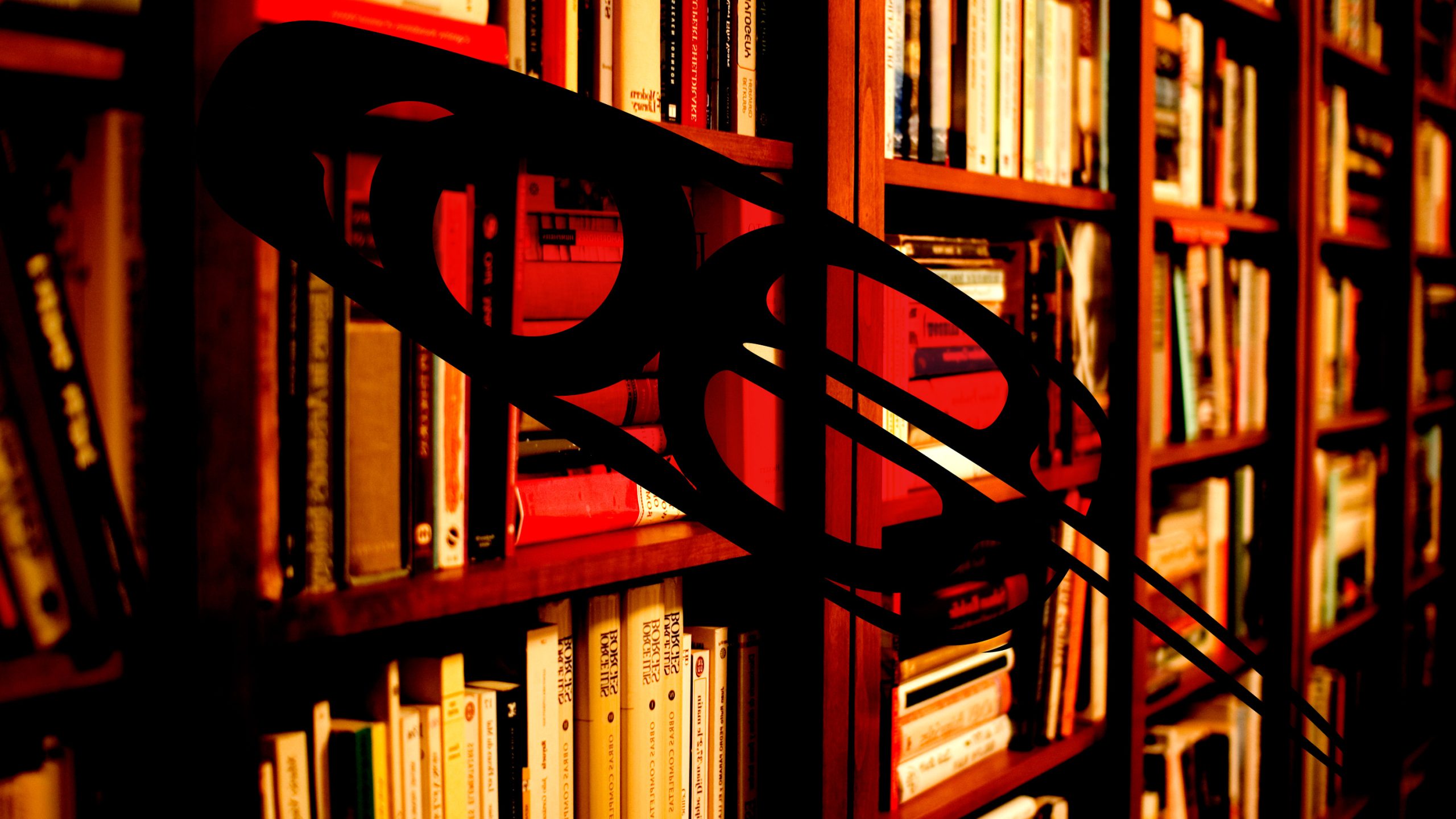Dick, also known by his traditional Kwakwaka’wakw name Wallas Gwy Um (Big or Grey Whale), died in hospital on Monday, March 27. He was in his early 60s.
The master carver led an extraordinary life that is being remembered and honoured by many in Indigenous circles, the art world and beyond. His funeral will take place on Sunday.
‘My elders taught me’
Dick was a hereditary ‘Namgis chief, born in the remote ocean village of Kingcome Inlet in November 1955. He moved to the Lower Mainland for a mainstream education, but said he didn’t get his “real” education until he went back to his community and learned about his identity, history and language.
“Eventually it brought me to a place of understanding,” he said at an event at the University of British Columbia in December 2016.
“I was given a path and I had great teachers. My elders taught me. All of them had the same lesson: ‘Hold each other up, look after each other, take care of each other, be good to each other, because all we have is each other.’”
Through his life, Dick lived out that lesson. At the same event, his daughter Linnea (Malidi) talked about how her father is not only her chief, but also her best friend.
“He really inspired me to be myself and encouraged the strength in me that is required for me to have the courage to go for the things I want in life,” she said.
Dick also resided in Victoria and Alert Bay, or Yalis, a small island off the tip of Vancouver Island, where he practiced his art form and fulfilled his cultural responsibilities as a hereditary chief. Most recently, Dick lived in Vancouver where he was an artist in residence at UBC for four years.
While he was there, he often told stories or sang to students in the longhouse, according to staff.
“His songs, stories and conversations always underscored his message of unity, community and a wish for everyone to respect and understand each other,” said Debra Martel, First Nations House of Learning associate director, in a statement.
“He will be deeply missed.”
‘Spirits are real’
Dick was a deeply spiritual man known for sending his famed masks back to ancestors through burning ceremonies. His art was a continuation of spiritual connectivity, and he spoke of a need to recognize the supernatural.
“We have to acknowledge that we’re in a world here that we share. Within and beneath this world is the underworld, a supernatural place,” he said in December.
“Above this one, another supernatural world, the spirit world, the afterlife. That’s where these masks come from, from our ancestors. So we send them back, acknowledging when we light the fire that the spirits are real.”
Though he rejected the commercial art world and many of his masks were danced in ceremony and burned after their exhibition, Dick did some of what he referred to as “dirty work” — selling his carvings — in order to fund the creation of more art and hold potlatches, of which there were many.
Despite his disdain for the commercial, he still garnered worldwide recognition and his work was accepted into art establishments and institutions that normally didn’t accept west coast carvings, including mainstream exhibitions such as Vancouver’s Expo ’86, the Canadian Museum of Civilization in Quebec, and Australia’s 2010 Sydney Biennale.
‘The copper is a symbol of justice’
Dick also was known for his revival of ancient copper cutting ceremonies during the Idle No More movement. Copper shields hold power and wealth in coastal nations and are a sign of strength, knowledge, and power. They come with names and traditionally were broken as a way to show disdain. In 2012, Beau and his two daughters walked from the tip of Vancouver Island to Victoria and broke a copper shield on the steps of the B.C. Legislature.
This ceremony drew large crowds and national media attention, because copper breaking ceremonies hadn’t been seen in over a hundred years. Later, Dick and other coastal chiefs broke copper at Parliament Hill in Ottawa.
“The copper is a symbol of justice, truth and balance, and to break one is a threat, a challenge and can be an insult,” he was quoted as saying in a National Post article. The videos are public and can be seen here.
‘Hopefully Western civilization will be under repair’
Before his death, Dick was preparing to break coppers at the Parthenon in Athens as part of his participation in the prestigious European art event Documenta.
He said in December he was saddened by world events and what he sees as the downfall of democracy, which is why he was to bring a delegation to perform the ceremony.
“To go to Athens, the birthplace of what’s called democracy — I don’t know if Pericles had any idea what he was unleashing, all the corruption, the payoffs, all that went along with the package,” he said.
“It came about the Parthenon, that historical building…. The sad thing is it’s crumbling, as is Western civilization, the way I see it. It’s under repair. Hopefully Western civilization will be under repair.”
In addition to the copper, Dick was to bring masks and perform other ceremonies before a family potlatch in May. Unfortunately, Europe won’t see his enactment of power, sovereignty and restoration of pride after all, though his daughter Linnea opened the events late last year.
Still, many feel lucky that the healing enacted here still resonates across territories and nations in North America. His legacy will live on with his family and in his work.
Beau Dick’s funeral will be held on the afternoon of April 2 at the Lawrence Ambers Rec Centre in Alert Bay (Yalis), British Columbia, at 1 p.m. PDT.




